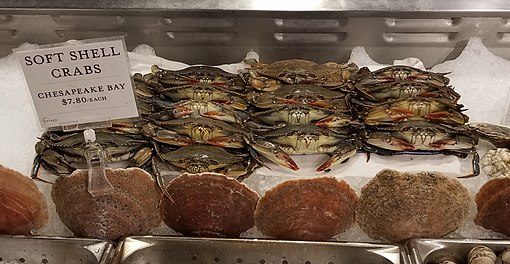A Northwest Florida bay whose oyster riches were once of fabled status could reopen in fall 2026 after a five-year closure.
Once supplying 90% of oyster under consumption in Florida, Apalachicola Bay on the Gulf of Mexico closed fisheries in December 2020. The ban happened two years after Mississippi also instituted an oyster harvest moratorium that lasted till 2024.
In March 2025, the Florida Fish and Wildlife Conservation Commission (FWC) promised possible resumption after fast-tracking population recovery.
Then on June 3, the bay area’s Franklin County Commission proposed a 2026 reopening framework for October 1 through late February 2027.
The proposal includes Cat Point, Peanut Ridge and East Hole reefs, which could meet the minimum catch of 400 bags per water acre.
Oyster Reef Restoration
Three of the openable oyster reefs cover 38 acres, and are a part of FWC’s restoration plan for 2,000 acres by 2032.
Important as reproduction habitats, oyster reefs form from hard rocks and vegetation debris along the seashores.
In Apalachicola Bay, reefs have been degrading since 2013, contributing to depopulation and hence the harvest ban.
According to Cameron Baxley, the Apalachicola Riverkeeper, the bay now looks “like 70 acres instead of thousands.”
Meanwhile, an ongoing virtual conference with the FWC will discuss the length of future harvests, licensing, and legal oyster sizes.
After these deliberations, the wildlife commission will return its decision on the request from August through November 2025.
Whatever the openings, insiders feel that they will not be much since state estuaries have depleted at least 80% of oyster reefs. For more bits on Florida’s oyster fisheries, search through the statistics below.
Apalachicola and Florida Oyster Statistics
Florida, Massachusetts, Maine, New York, California, Virginia and other states annually land some 42 million pounds of oysters, as of 2019. According to the National Oceanic and Atmospheric Administration (NOAA) in 2025, Florida last landed its highest oyster catch in 2013. In that year, there were 1,782,866 pounds of Eastern oysters and 78 pounds of Atlantic oysters.
Which regions of Florida produced most oysters from 2013 to 2023?
Florida West has been producing between 279,277 pounds of oyster at the lowest (2022) and 1,734,491 pounds at the highest (2013). Florida East meanwhile managed to harvest 48,375 pounds of oysters at the highest in 2013. Before its decline in 2013, Apalachicola Bay in West Florida used to provide 90% of statewide catches, peaking in the 1990s.
What is the annual oyster return value in Apalachicola Bay?
Data by the Florida Fish and Wildlife Conservation Commission (FWC) puts oyster returns of 2012 and 2013 as the highest for Apalachicola Bay. The two years generated over $9 million apiece, while 2022 garnered less than $1 million.
Which are the most lucrative oyster species in Florida?
According to a 2020 survey, Eastern oysters, which are the most abundant in Florida, cost $10 a pound in landing price. In 2020 pricing, Pacific oysters followed at $8 a pound, although they come from out-of-state.
